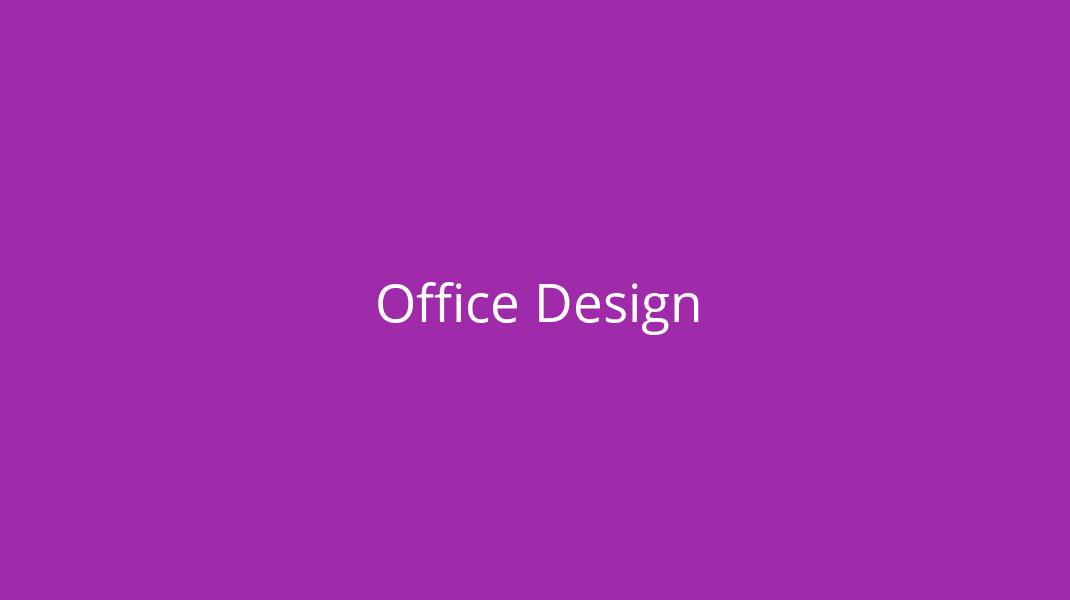Is it time to pivot away from open office design?
- Read original article here

Office design has changed over the years, but perhaps one of the most infamous design trends has been the open office layout. Pitched to foster collaboration and optimize space while bringing a new modern edge to the workplace environment, corporate offices across the globe were eager to adopt this design to their office. Since its emergence, the open office concept was synonymous with start-up headquarters, Silicon Valley tech offices, new corporate offices looking to adopt a trendy new work environment for their teams, and more. However, after years of championing open office design, the team at Clive Wilkinson Architects explains why "the open office is dead."
Amber Wernick, an associate at the firm, explained to Fast Company in mid-April that the number of possibilities for appropriate office designs in 2021 increased because of the pandemic. "Once they [the public] were forced to work from home and be away from the office, I think it opened a lot of peoples' minds to what the office could be."
In April 2016, Archinect connected with the firm's founder Clive Wilkinson to chat in an episode of Archinect Sessions. During this conversation, Wilkinson was eager to share his thoughts on the evolution of office design and how his firm approached "far-reaching workspaces" for large companies like Google, The BBC, and Microsoft. However, much has changed since 2016. A booming design trend that had its fair share of "possibilities" may have lost its luster.
"We strongly believe that the one-size-fits-all office cannot exist in the future of work, with even stronger reasons now than there were pre-pandemic," Caroline Morris of Clive Wilkinson Architects shared with Fast Company. "A homogenous solution doesn't address the variety, the wide range of needs each employee has. You end up with an incredibly flawed workplace strategy and an incredibly flawed workplace."
To remedy these soon becoming "flawed workplaces," the firm has developed the "12 building blocks of the new workplace." Launched in April 2021, the firm realized that after 30-years of designing innovative workplaces, it was time to reassess "where work has been and where work is going." Each office building block aims to satisfy specific needs people working in an office require in order for them to feel safe, productive, and connected to their fellow colleagues. This new "kit of parts" is a resource the firm uses with their clients to help offices adjust to returning to the office post-COVID.
In March, Archinect reached out to the community to learn about firms and their return to office plans. After conducting a brief survey, we learned that "33 percent had already returned to in-person work, 26 percent have plans to return, and close to 19 percent do not have plans to return to in-person office work. "During our investigation, other firms like Woods Bagot and HGA also shared their new plans for office designs and how the pandemic has already reshaped what's possible.
While the possibilities of office designs will continue to develop as firms re-evaluate ideal office conditions post-COVID, Clive Wilkinson Architects explains, "In reflecting upon this paradigm shift, our team has thoughtfully considered where work has been and where it is going. This is an opportunity to transform and redefine the workplace – what parts we have outgrown and should be discarded and what new opportunities we can embrace."

